What Are the Fast Food Eating Habits at MCHS?
March 11, 2021
Fast food is a huge industry in the United States and also around the world. Specifically in the US, many people consume fast food more than the average person in a different country. Most fast-food chains in the US are open 24 hours or open very late into the night. These hours give us an opportunity to get fast food anytime we want, and it’s very quick and convenient to get. With these places being open so late it has a positive impact on some situations, but most of the time it is not the best for health reasons. LiveScience.com says that “…the worst time to splurge on calories is when you’re about to go to bed because you’re not giving your body an opportunity to burn those extra calories.” This tells us that if you’re getting food late at night it doesn’t give your body enough time to burn the calories that you don’t need, causing obesity and poor health.
A recent survey sent to students at Madison Consolidated High School looks into these studies to see just how much our school partakes in fast food eating. Here are the results of that survey:
Out of 67 respondents, 34.5% of students said they only eat fast food one time a week. 29.1% of students say they go two times a week. Leaving 36.4% of students going three or more times a week to fast food places. Athletes at MCHS work very hard so it is important for them to maintain good health. From the respondents of the survey, 42.6% of students MCHS played a sport. 29.6% did not play a sport, and 27.8% of students do not play a sport, but they are physically active. The majority of athletes that answered this survey said that they do not eat fast food before a game/practice, but 37.5% of the student-athletes do eat fast food before a game or practice.
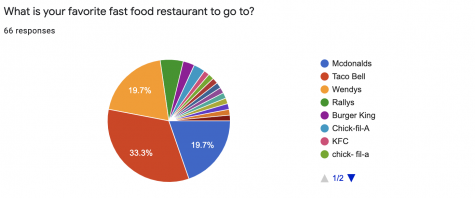
The results in the survey were not very shocking considering the busy days we have. The CDC states that “young people received 13.8 percent of their daily calories from fast food between 2015 and 2018.” The CDC also states that “no significant differences in caloric intake from fast food were noted by sex, poverty status, or weight status,” and that “non-Hispanic Asian children had significantly lower caloric intake from fast food compared with non-Hispanic white, non-Hispanic black, and Hispanic children.” All of this information was recorded in 2012, and the fast-food industry has changed since then.
Judy Brooks, MCHS Nutrition and Wellness Coordinator said, “I would say that schools are helping by discouraging fast food being brought into the schools.”
Students that attend MCHS are not allowed to bring in fast food to the school after leaving the school or coming into the school. This helps with the overeating of fast food and makes students unable to get it during the school day. Students may bring their lunch or eat a lunch provided by the school cafeteria.
Brooks also stated, “In the cafeteria, we must follow state guidelines with what we serve and what we can sell outside of a school breakfast or a school lunch. These are strict guidelines, and we must even serve subgroups of certain vegetables each week.”
The school cafeteria is working to provide healthy and good lunches along with breakfast for students. Students are required to have these items on their plates while leaving the lunch line.
To find out if the foods you’re eating for a snack are healthy, go to our foodservice website; on the home page, you will see a smart snack calculator. You can put information about a snack in this calculator, and it will “tell you” if it is a smart snack or not. Schools are also working to provide healthy snacks for after-school activities or sporting events. Stay healthy and remember to fuel your body correctly.
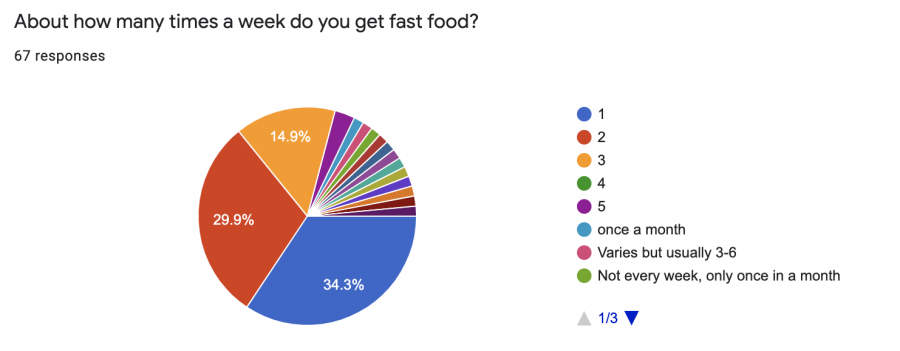

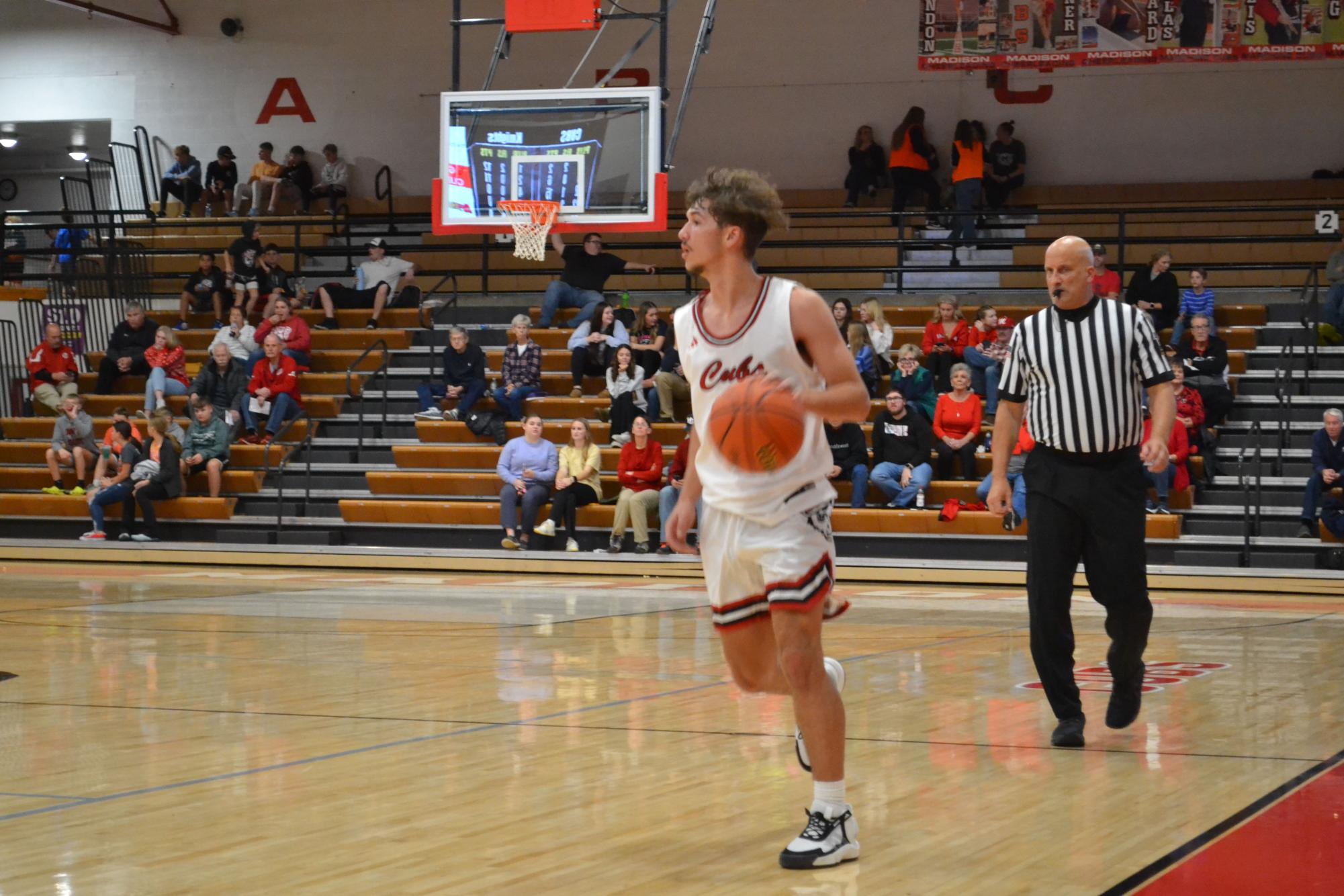
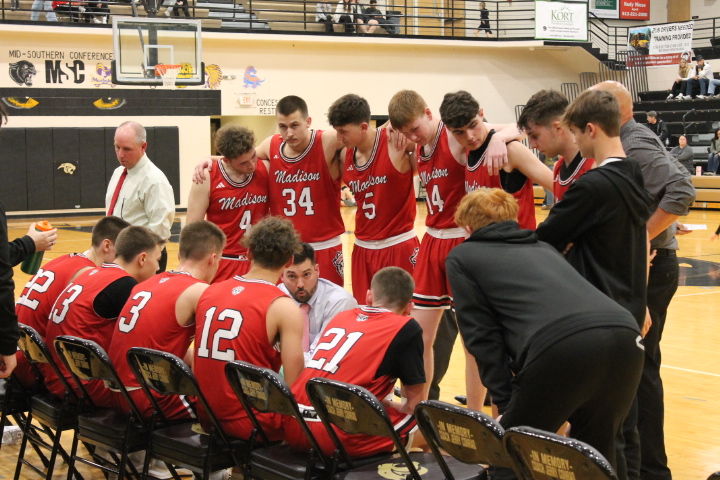
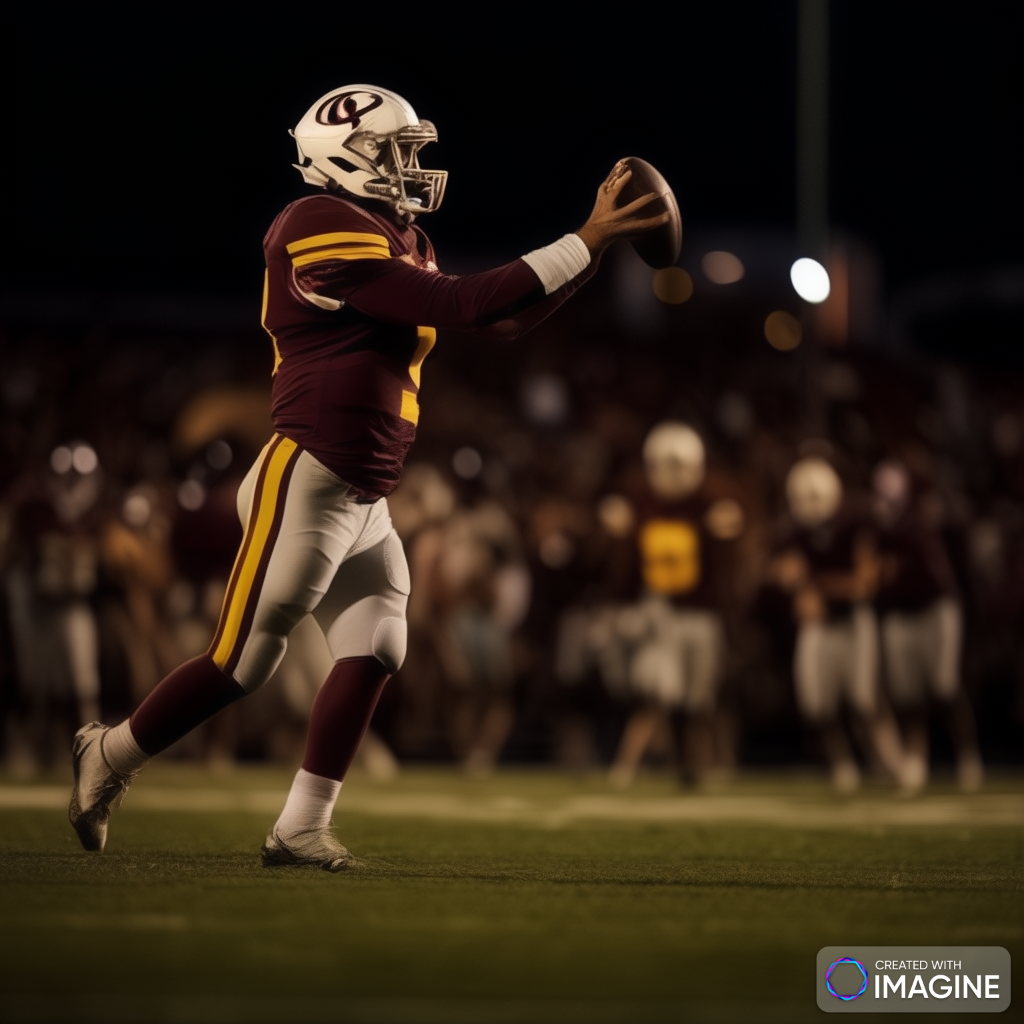
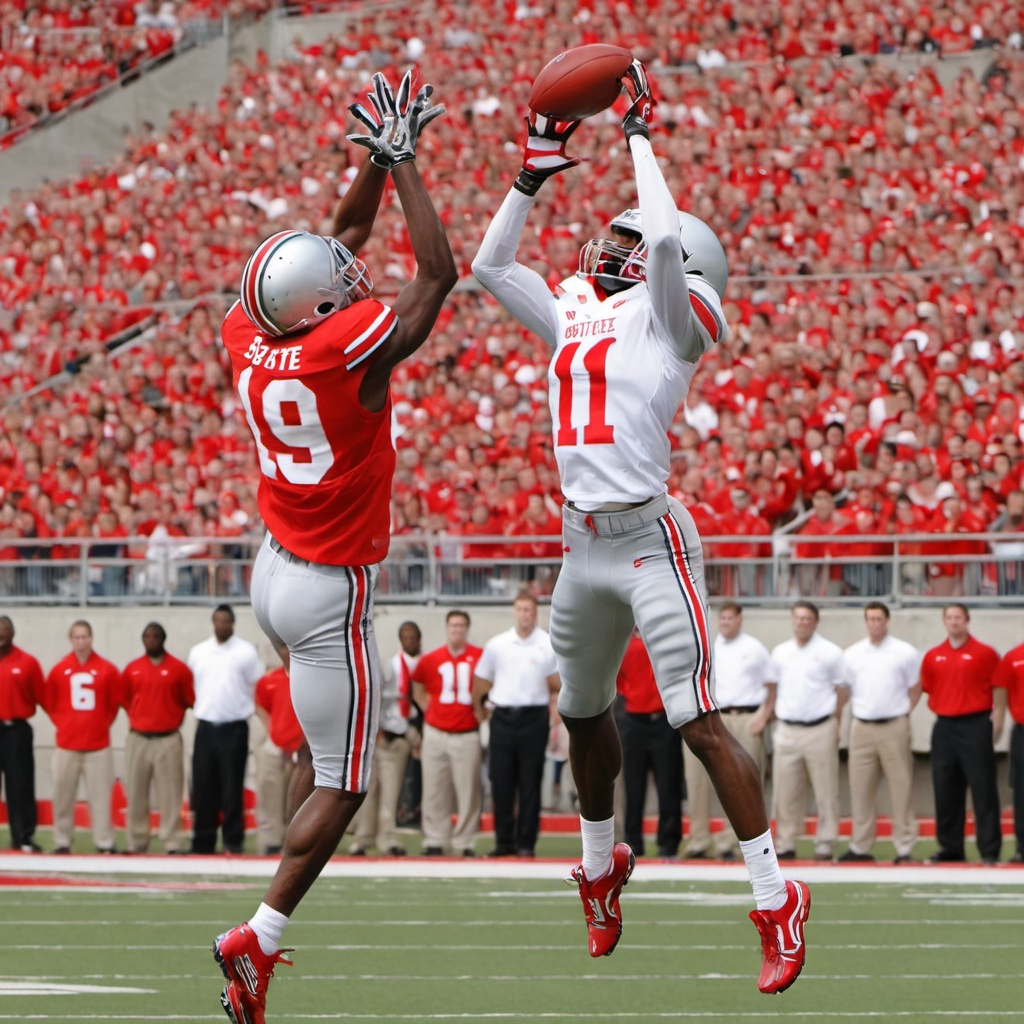

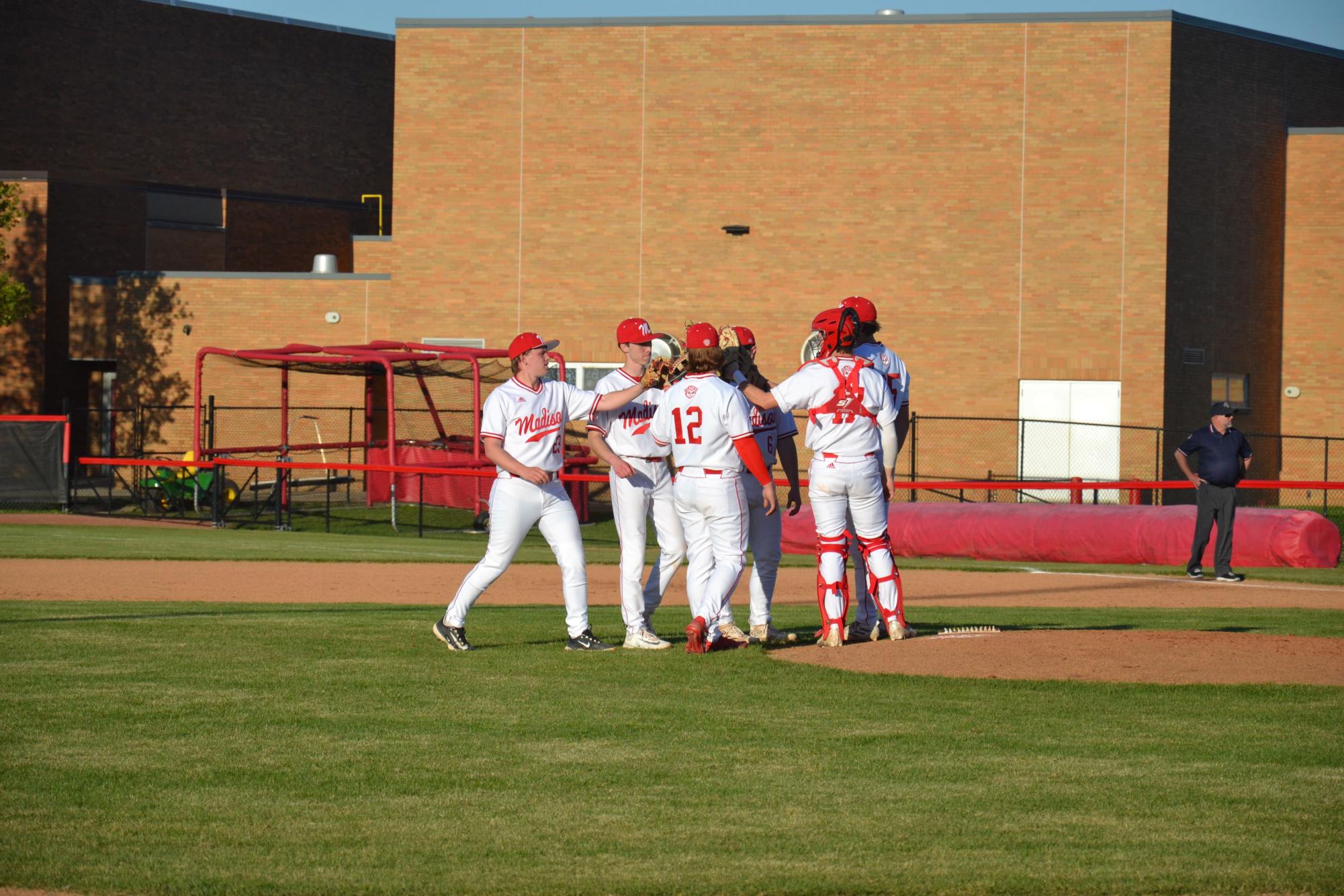
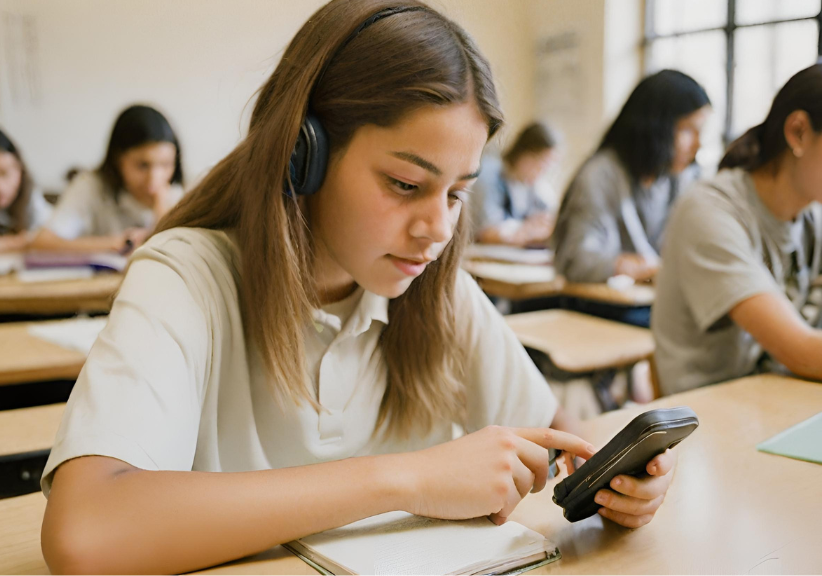
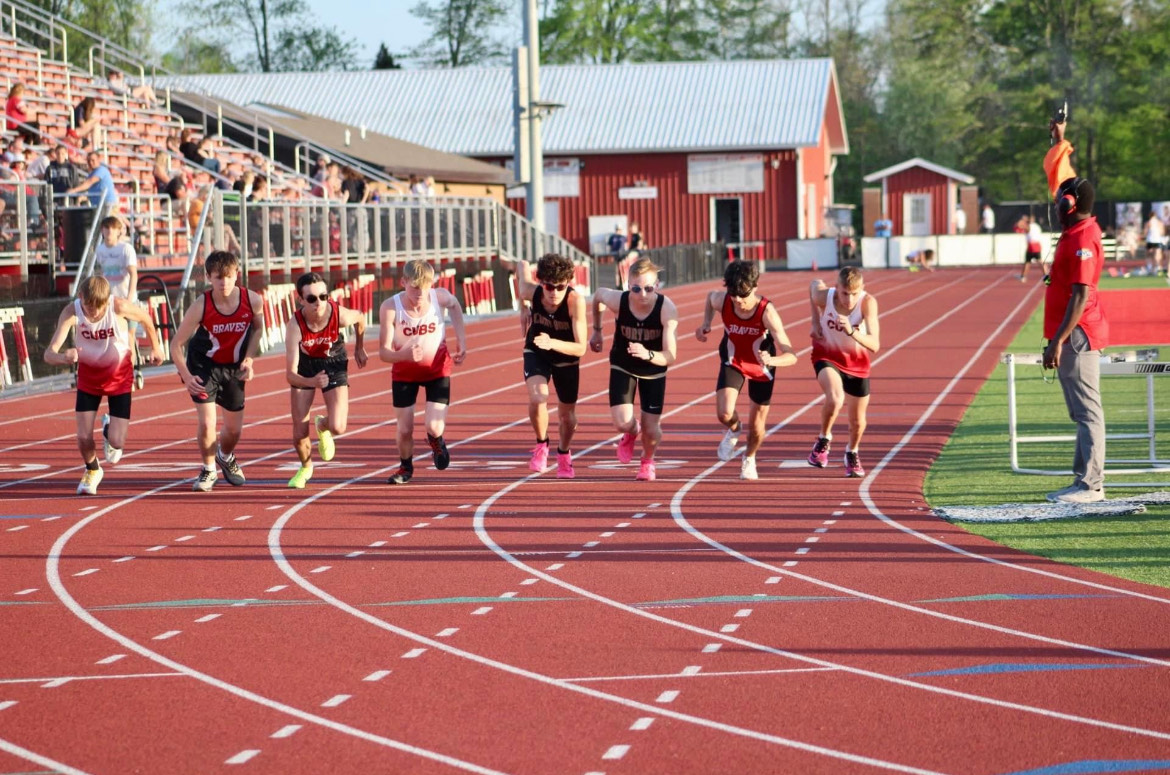








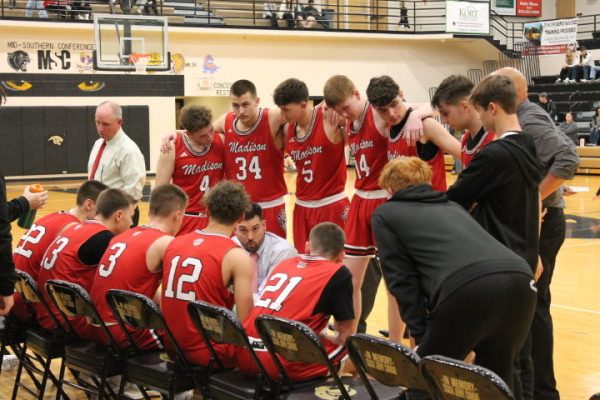
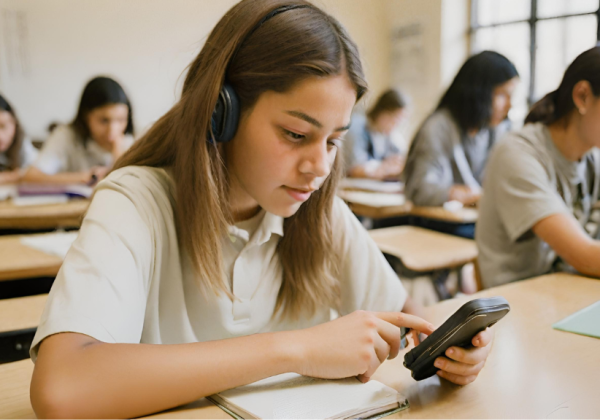
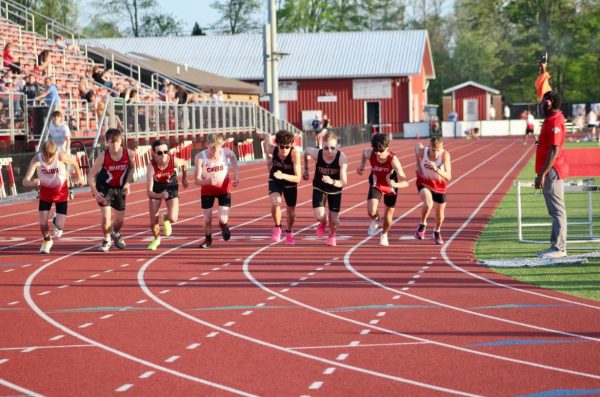





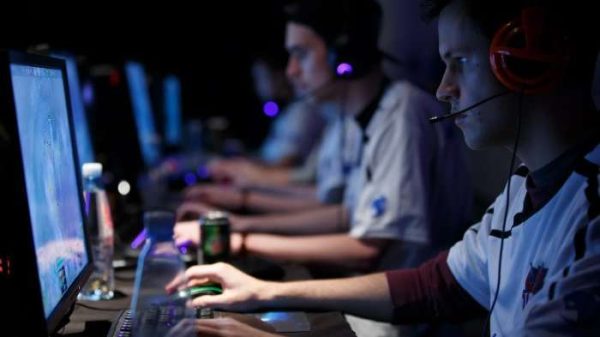

tyler grimm • Mar 19, 2021 at 8:23 am
Wendys and KFC